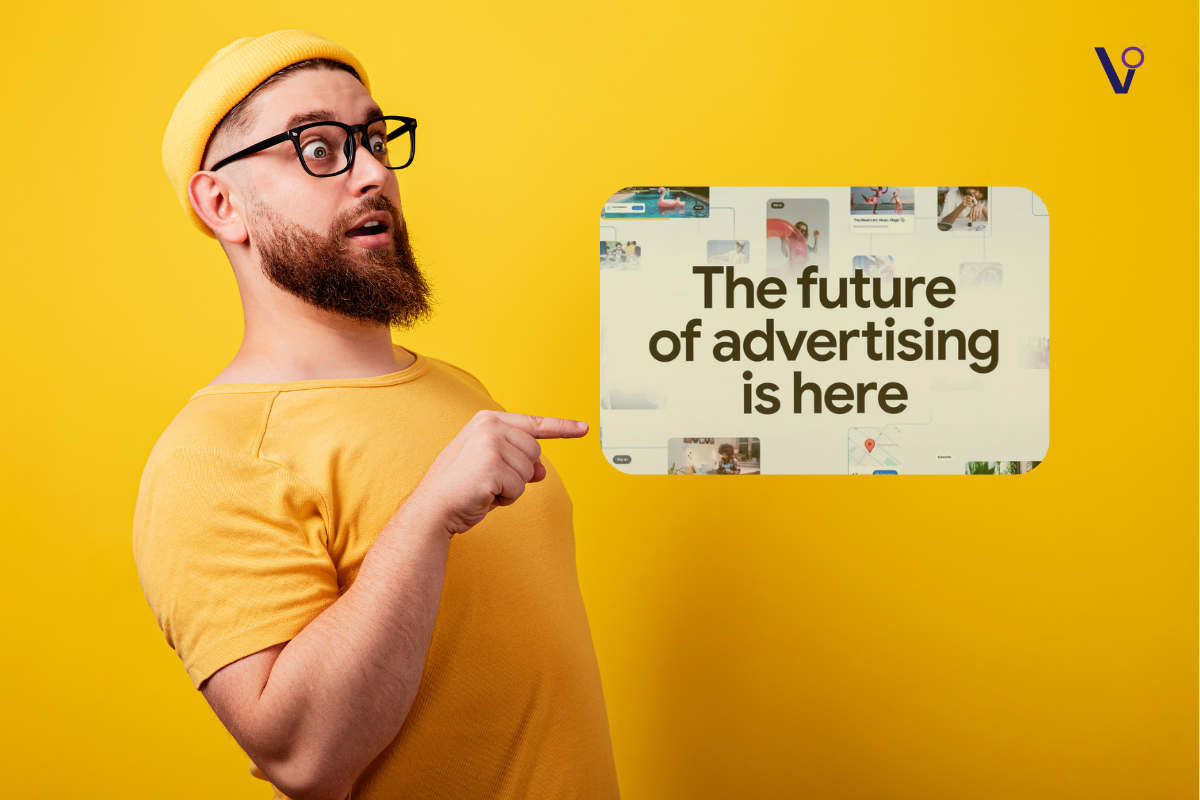Have you ever seen an ad that made you laugh, cringe, and feel inspired at the same time? Marketing strategies to increase sales: Let’s read further to unveil the marketing tactics that drove a 16% sales boost for Nike. Rather than the traditional route of showing runners joyfully crossing finish lines, Nike completely turned this around. They photographed the brutal day after reality of running a marathon.
Picture this: runners awkwardly hobbling down stairs, wincing as they try to sit down, and generally looking like their legs are screaming, “Why did we do this?” For anyone who’s ever run a marathon (or even a really long jog), it was hilariously relatable. And that’s exactly why it worked.
Let’s break it down and see why this campaign was pure marketing genius—and how your brand can apply similar principles to increase sales.
The Not-So-Glamorous Side of Winning
Nike could have taken the easy route: showing a montage of sweaty, smiling athletes crossing finish lines or holding trophies. But instead, they leaned into the aftermath of victory: the soreness, the limping, and that glorious-but-awkward post-race shuffle.
What’s beautiful is it just struck home for marathoners and runners. It was almost an inside joke—”Yep, that’s exactly how I feel the next day.” Nike wasn’t selling shoes; they were connecting at a very intimate level. They were saying, “We get you.”
And they didn’t stop there. In the background of the ad, a taxi radio plays Love Hurts, and the announcer says, “This one’s for everyone who ran the marathon yesterday.” That’s the moment it all clicks. The limping and wincing weren’t random—they were the aftermath of hard-earned triumph. Suddenly, every Nike sneaker in the ad transforms into a badge of honor.
How Nike Turned Relatability Into 16% Higher Sales
Now, here’s the real kicker: this campaign wasn’t just entertaining—it worked. It resonated so strongly with young athletes under 35 that it drove a 16% higher purchase intent. Why? Because Nike didn’t just sell a product—they sold a feeling. Every runner who watched the ad saw themselves in it. They felt understood, celebrated, and even inspired. And in marketing, that emotional connection is what turns viewers into buyers.

5 Marketing Strategies to Increase Sales
Nike’s success with the “Stairs” campaign isn’t just about running shoes. It’s about knowing your audience, telling a story that resonates, and creating an emotional connection. Here’s how your brand can apply these marketing strategies to increase sales:
1. Tap Into Relatable Experiences
Identify something that your audience can relate to—something they have been through or want to go through. It doesn’t need to be glamorous; often the raw and real is just the best.
Example: When selling skincare, instead of showing perfect skin, showcase the journey of getting rid of breakouts, dryness, or sensitivity. Share the progress, not the result.
2. Establish Emotional Connections
Nike did not talk about the product features but about the story. They turned soreness into a badge of honor. Think of how your product or service fits in with your audience’s story and make much of it.
ViralOmega believes in storytelling, whether it is in terms of a catchy tagline or an interesting twist for your campaign. We can help your brand stand out with our expertise in digital marketing and creating ads that not only sell a product but also tell a story to which your audience will come back for more. Reach out today by tapping on this link.
3. Use Smart Storytelling
The ad included a genius radio announcement that tied everything together for the viewers to have that “aha!” moment. Consider how you can layer up your storytelling for your brand. A clever twist or reveal is what can make your message memorable.
4. Encourage Engagement
The “Stairs” campaign didn’t end with the ad. It sparked a movement on social media, where runners shared their own post-marathon struggles. This kind of organic engagement amplifies your reach and builds a community around your brand.
Tip: Encourage your audience to share their experiences with your product. User-generated content is powerful and free advertising.
5. Show, Don’t Tell
Nike did not say, “Our shoes are great for runners.” They showed runners struggling but still proud—and made the shoes a symbol of that pride. Use pictures and stories to show why your product is valuable, rather than simply telling the audience.
Why Relatability Sells
Here’s the thing: people don’t buy products; they buy experiences, relationships, and answers. Nike won because it didn’t talk at runners—it was about runners. It reflected their tribulations, celebrated their triumphs, and made them part of something greater.
When your brand does that, then sales flow. The 16% increase in sales at Nike wasn’t about a good shoe; it was about a meaningful connection.
Final Thoughts
The Nike “Stairs” campaign reminds us that authenticity, storytelling, and being relatable are your strongest marketing weapons. It is not about painting a picture of perfection; it’s about telling a story in which your audience sees themselves.
The next time you are planning a campaign, think about what your audience feels, struggles with, and celebrates. Tap into that. And who knows? You might just see your own version of sales boost.
Remember, if winning (or marketing strategies to increase sales) were easy, everyone would do it. But the rewards? Totally worth the effort.
Improve customer experience, enter untapped markets, and enhance your product offerings. Consistent marketing strategies aligned with customer needs can accelerate growth rates.
Offer limited-time discounts, enhance online visibility, and leverage existing customer referrals. Immediate improvements in customer experience can also lead to quick sales boosts.
For every 10 prospects, you get 3 appointments, leading to 1 sale. This highlights the importance of consistent outreach and follow-ups in sales success.
Adopt consistent marketing strategies, integrate AI for personalized customer engagement, and focus on building strong relationships with your audience to drive repeat business.



